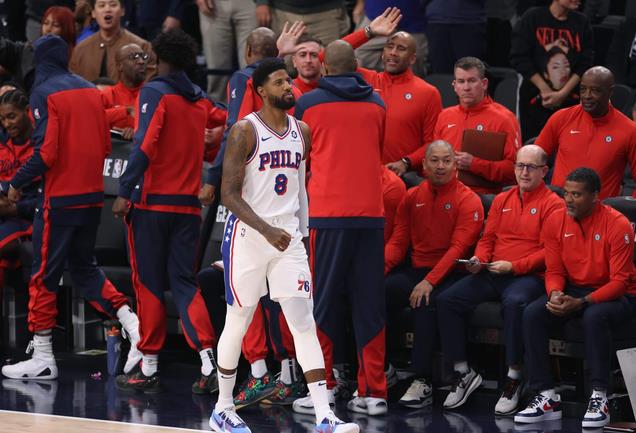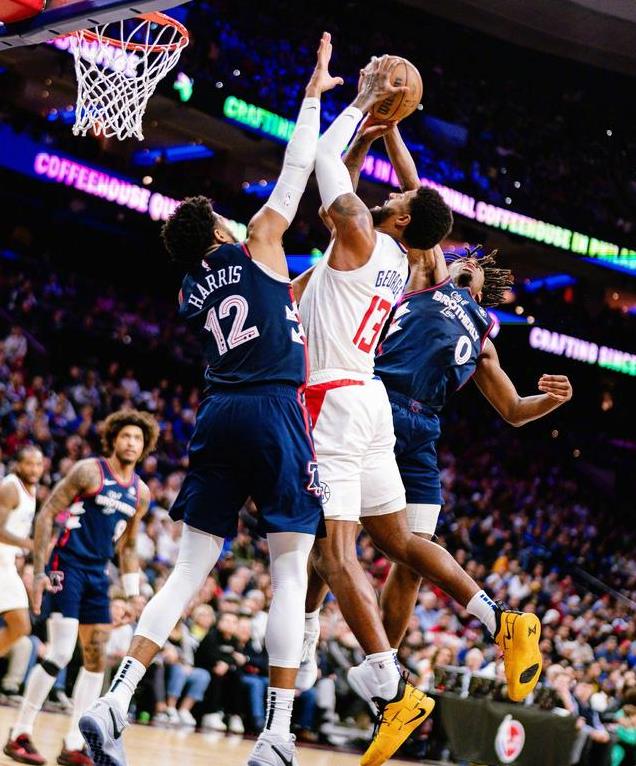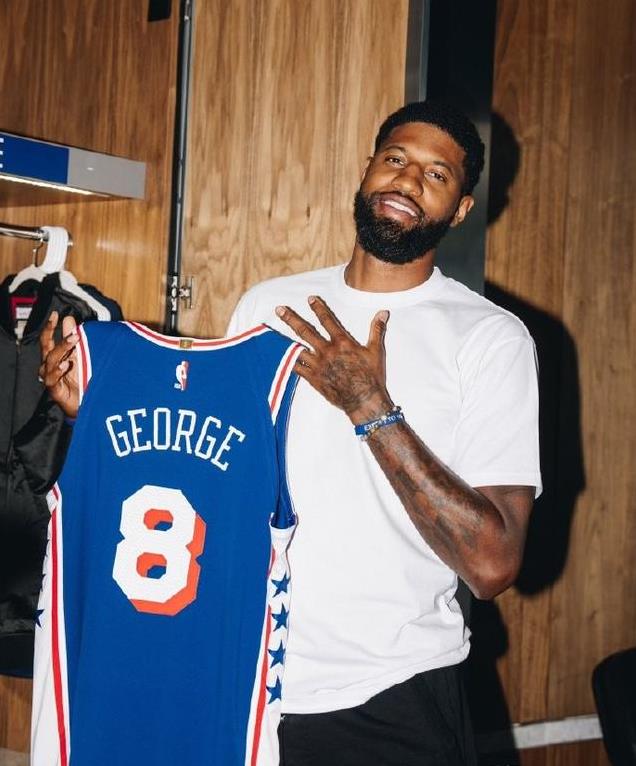The decision by the Clippers to part ways with Paul George during this offseason has been controversial, but from the perspective of long-term planning, financial flexibility, and team competitiveness, it may be a practical one. George's performance remained stable last season, but considering his age of 34 and injury history, coupled with his desire for a four-year, $212 million maximum contract, the Clippers' choice not to renew his contract was a wise move.

Firstly, the Clippers' decision to let George go is a reasonable choice based on financial considerations. George's demands not only include high salaries but also come with a no-trade clause, which is a limitation for the Clippers. If the Clippers had accepted his demands, they would have faced greater salary pressure over the next four years. This would undoubtedly have been a huge burden on their future salary cap space. Despite the strong financial resources of the Clippers' owner, Steve Ballmer, even he must reassess spending due to the NBA's "second luxury tax threshold" system. The second luxury tax threshold is not just about high luxury tax penalties but also includes a series of operational restrictions, such as freezing draft picks, being unable to conduct multi-contract aggregation trades, having no mid-level exception or trade exception, etc., which limits the team's ability to operate flexibly.

Secondly, the Clippers' choice also reflects their plans for the future. George's contract would have been one year longer than that of another core player, Kawhi Leonard, and the Clippers clearly do not want to invest too much energy in aging players. Instead, they are focusing resources on potentially introducing young stars to achieve a "big move" in the summer of 2027. The team may gradually introduce young talents in the coming years, reserving sufficient financial flexibility and potential space for the future rebuild, rather than being locked into long-term contracts with older players. In contrast, the Milwaukee Bucks and Philadelphia 76ers chose the star-stacked model, but now both teams' multi-star plans are facing challenges and risks of failure, which the Clippers have avoided.

In terms of performance, George's departure has not had a significant negative impact on the Clippers. In a game against the 76ers, Norman Powell and others filled the void left by George, helping the Clippers win 110-98. Powell scored 26 points and made six three-pointers, performing exceptionally well. Additionally, new recruit Derrick Jones performed well off the bench, and this depth and vitality in the lineup are the reasons why the Clippers can still maintain competitiveness without George.

For another team pursuing George, the Golden State Warriors, the Clippers' refusal has more realistic significance. The Warriors once proposed a trade package including Andrew Wiggins, Chris Paul, Moses Moody, and a first-round draft pick, but for the Clippers, this return was not attractive enough. Although the Warriors tried to exchange with Kuminga, they could not reach an agreement. The Warriors' offer lacked truly promising young players, and introducing these contracts would have put the Clippers at risk of hitting the second luxury tax threshold, which would pose a threat to the team's roster construction in the coming years. The Clippers prefer to maintain financial flexibility and wait for a more attractive opportunity rather than accept an overly heavy burden.

Furthermore, George's choice to join the 76ers means he is pursuing higher income and maximizing personal interests. The Clippers, on the other hand, protect their future by maintaining flexibility, making people realize that letting go of George is not just about losing a star player but a balance for the team's future development. Obviously, the Clippers are more willing to make room for long-term rebuilding and future young players rather than sacrifice financial freedom for short-term victories.

Therefore, the parting of George and the Clippers is somewhat of a win-win situation. George gets the long-term contract he wants, while the Clippers retain the possibility of remaining competitive and operating flexibly in the coming years. Although letting George go may cause the team to lose some immediate combat power, the Clippers have not completely given up on this season's competition but are seeking a longer-term advantage in this decision. Regardless of whether this decision brings victory to the Clippers in the short term, its long-term prospects may prove it to be a worthwhile trade.
